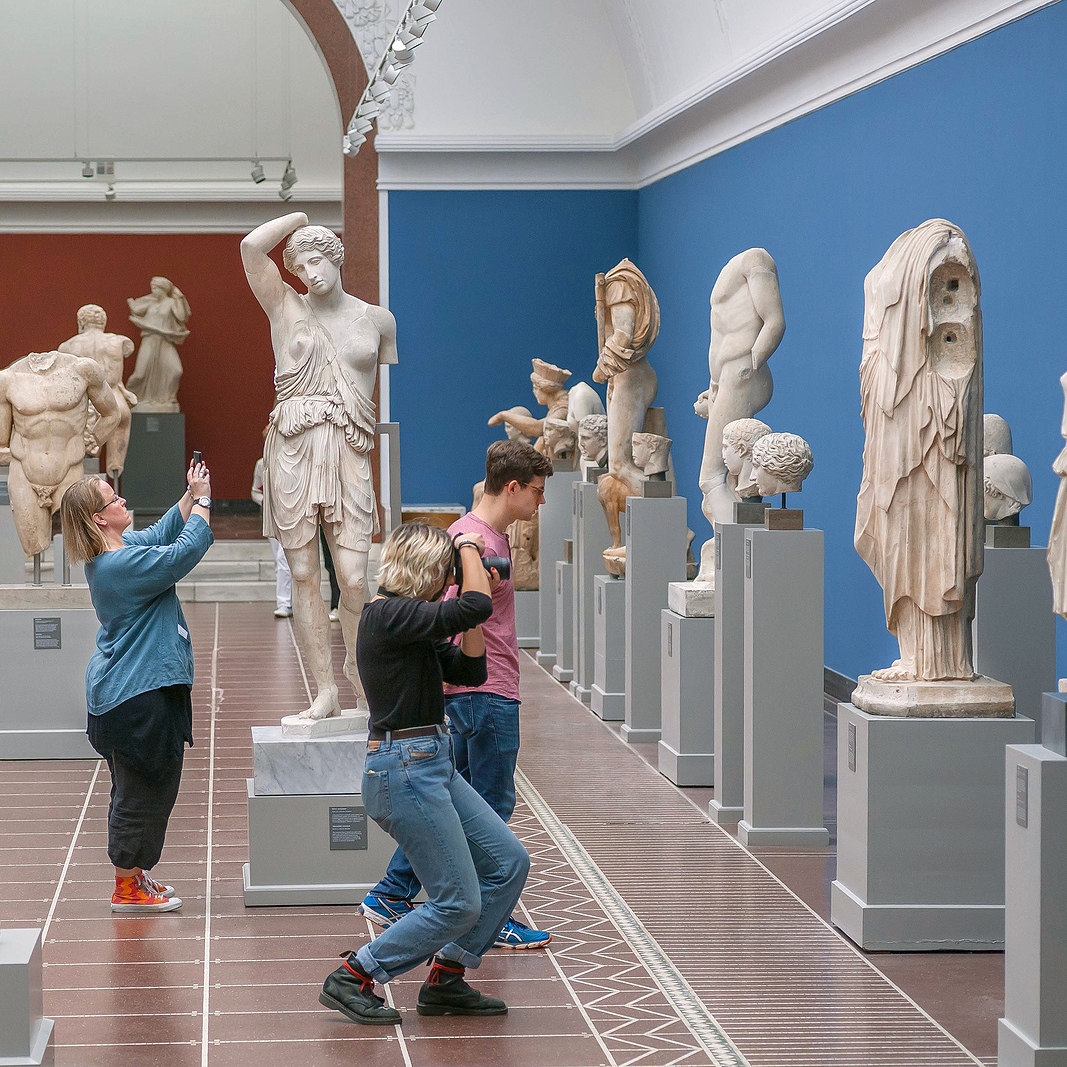Transporting high-value artworks involves more than just moving objects from one location to another. Each piece often carries immense cultural significance and monetary value, making its safe journey critical. One misstep can lead to irreparable damage, financial loss, or even legal repercussions.
Additionally, the margin for error narrows as the artwork's value increases. So, how do industry leaders ensure these precious items reach their destinations unscathed? They implement comprehensive risk assessments tailored to each shipment's unique needs.
For instance, before transit even begins, there’s a thorough documentation process that serves as a meticulous roadmap detailing an artwork’s condition before it is taken into custody by carriers.
Moreover, continuous staff training ensures everyone involved is equipped with the latest handling techniques and protocols. Lastly, machine-learning-driven predictive analytics helps anticipate potential problems before they arise, while advanced routing technologies minimize operational risks by optimizing paths for timely deliveries.
In this post, we'll dive into these key strategies that high-value art shippers use to safeguard these highly sensitive parcels. So, if you want to learn more, stay tuned until the end!
Risk Assessment
Before a single crate is lifted, a high-value art transporter must understand the potential risks that may create unwanted and tense situations. This way, the company can implement preventative measures to protect the shipment.
For instance, a company that has to move a rare Picasso will conduct an exhaustive risk analysis specific to the route and the piece being transported. The assessment must scrutinize every stage, from packaging and handling to environmental conditions during transit.
The key threats that are most likely to be identified include temperature fluctuations, humidity levels, and logistical hurdles such as narrow streets and low overpasses en route. So, for such a highly sensitive piece, you’ll need specialized climate-controlled transport vehicles and an alternative route to avoid physical constraints.
This may look like a meticulous process, but it is worth going through every step if it results in a seamless move without any incidents or damage.
Thorough Documentation Practices
Proper records provide a clear and detailed account of each piece's condition, which helps the transportation company safeguard against disputes. These records are added to the contract signed with the client and will be there to mitigate any conflicts (if they arise).
Condition reports are essential, as they serve as invaluable evidence if damage occurs. These documents meticulously detail the artwork's state before transit, highlighting existing flaws, structural integrity, and other critical attributes.
Some transportation companies take it one step further and incorporate blockchain technology to create tamper-proof records. The Codex Protocol exemplifies this innovation with its digital ledger system that securely logs every transaction involving an artwork. Each entry on the blockchain is immutable, ensuring that once recorded, information cannot be altered or erased.
By leveraging such advanced tech solutions alongside traditional methods like condition reports, art handlers create a robust framework for documenting artworks accurately and reliably throughout their journey. This combination mitigates risks significantly while fostering trust among all parties involved in transporting priceless masterpieces.
Advanced Routing Technologies
By using advanced software tools specialized in route planning for delivery teams, high-value art shippers can easily manage operational risks during transit. For instance, by using GPS and routing algorithms, these systems can identify shorter, safer routes that minimize exposure to potential hazards.
Advanced algorithms analyze real-time data to avoid areas with high crime rates or road conditions that could compromise the artwork’s safety. They also adapt dynamically – if an unforeseen issue like traffic congestion or road closures arises, the system recalculates and proposes alternative paths instantly.
Moreover, integrating weather prediction models helps shippers steer clear of severe conditions like storms or extreme temperatures. These proactive adjustments not only ensure timely deliveries but also help organize optimal protection for the pieces being transported.
Continual Staff Training
Skilled staff play a crucial role in minimizing risks during the transport of high-value artworks. Their expertise directly influences the safety and security of each piece, so continual training is essential.
To make sure all your employees who handle art directly during shipping are up to date with the latest policies and techniques, it’s important to enroll them in training programs focusing on handling and packaging techniques. These sessions should cover everything from proper lifting methods to advanced packing materials designed to protect fragile items.
For instance, specialized workshops might teach art handlers how to construct custom crates or use climate-controlled packaging effectively. Such hands-on experience reduces the likelihood of human error and enhances overall care during transit.
Besides, regular updates on new technologies and protocols help staff adapt to evolving challenges in art logistics.
Use Predictive Analytics
The use of predictive analytics tools powered by AI and machine learning has revolutionized how high-value art is transported. That’s because these technologies can anticipate potential issues before they occur, offering a proactive approach to risk management.
Predictive analytics models analyze vast amounts of data – from weather patterns to historical shipping routes – to identify possible delays or damages. For example, if certain paths frequently encounter traffic congestion or adverse weather conditions, the model flags these risks early.
Conclusion
As you can see, technology has revolutionized the transport of high-value art, transforming it into a precise and secure process. From using blockchain technology to keep documentation temper-proof to advanced routing to predictive analytics, all these tools are here to make life a little easier for high-value art shippers.
However, many vital processes, such as risk assessments and documentation building, still require human expertise and attention. This is why art shipping companies invest heavily in continual staff training.
At the end of the day, the best we can do is embrace technological advancements while making sure the staff has the necessary training to represent the company and uplift its reputation.
